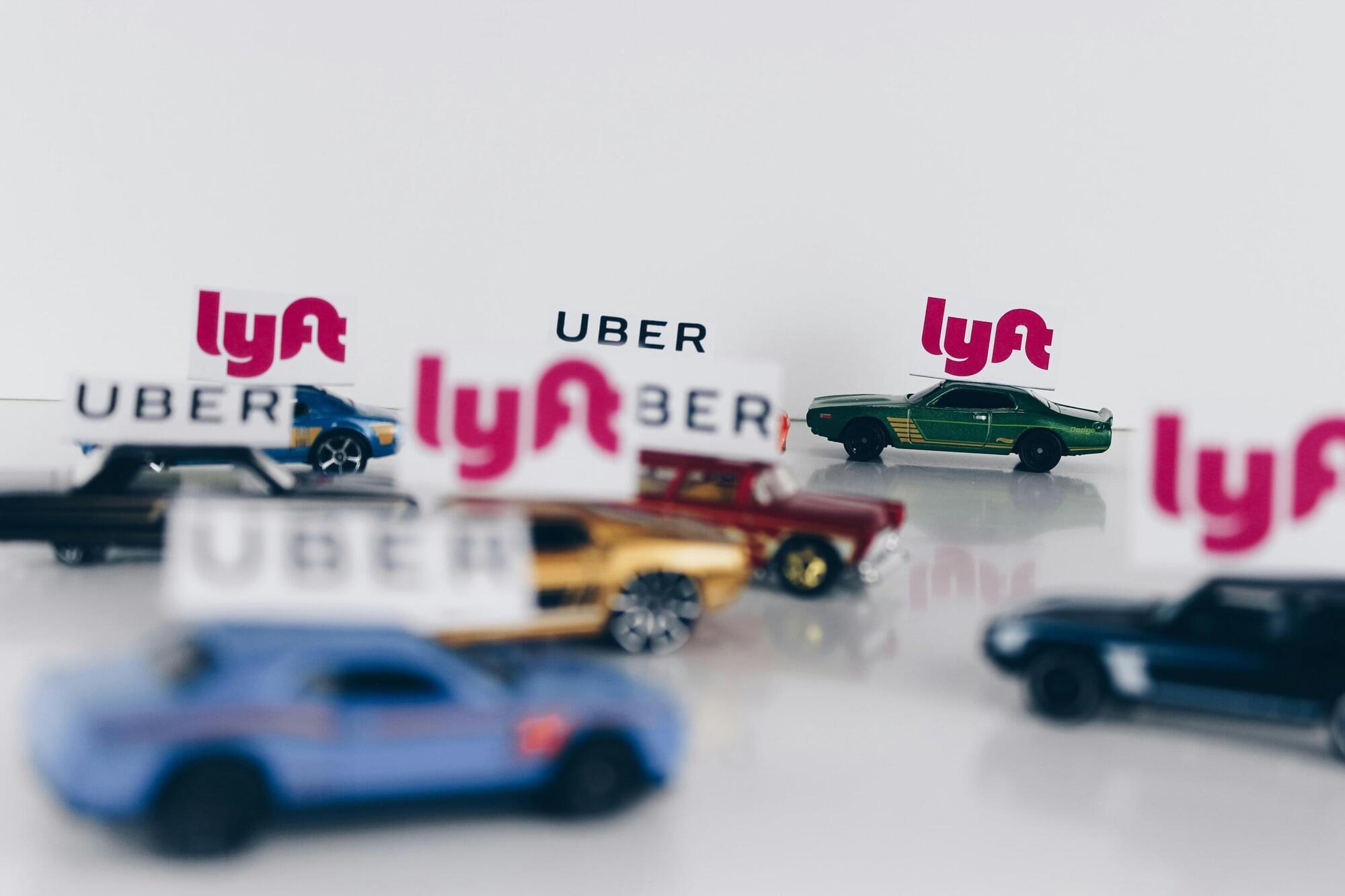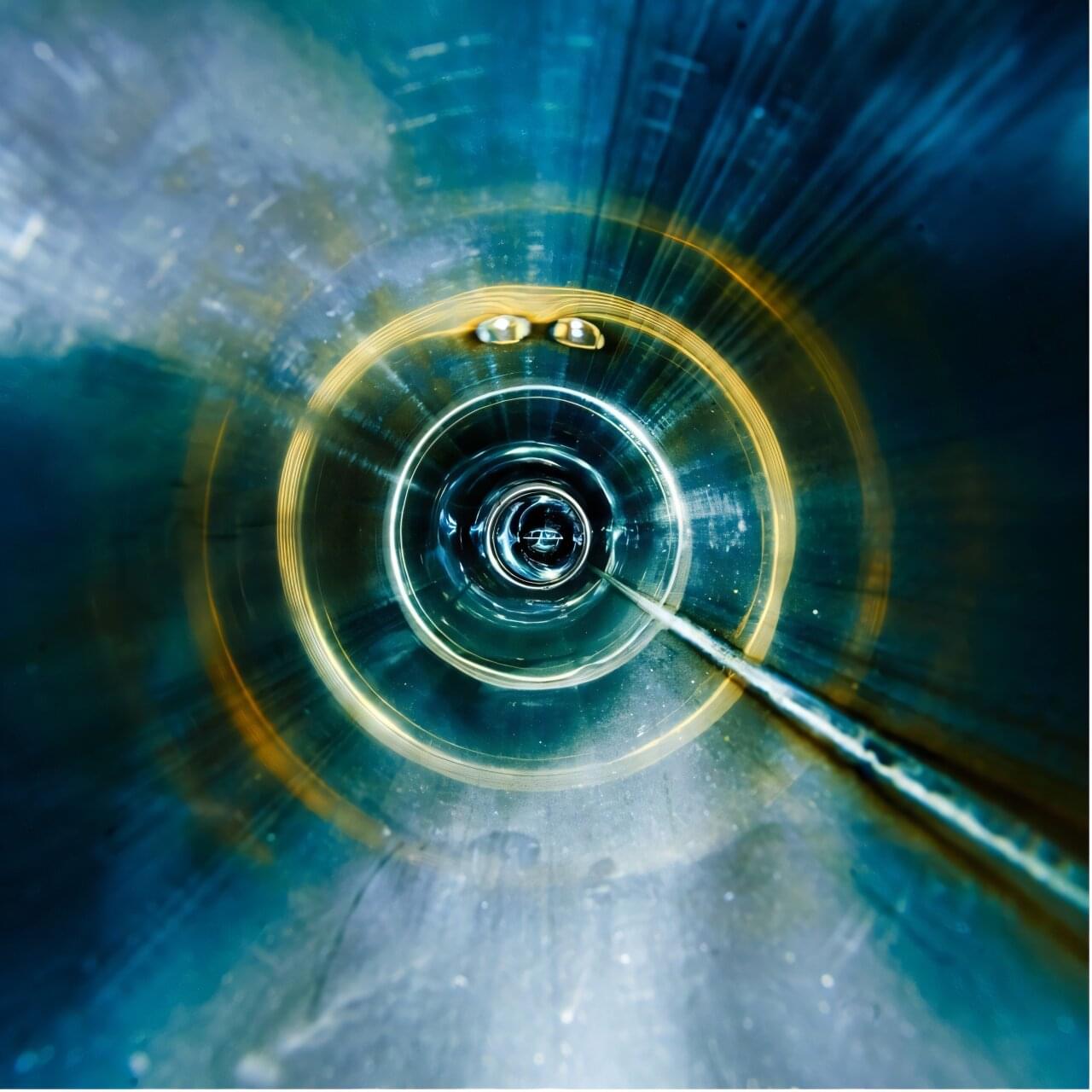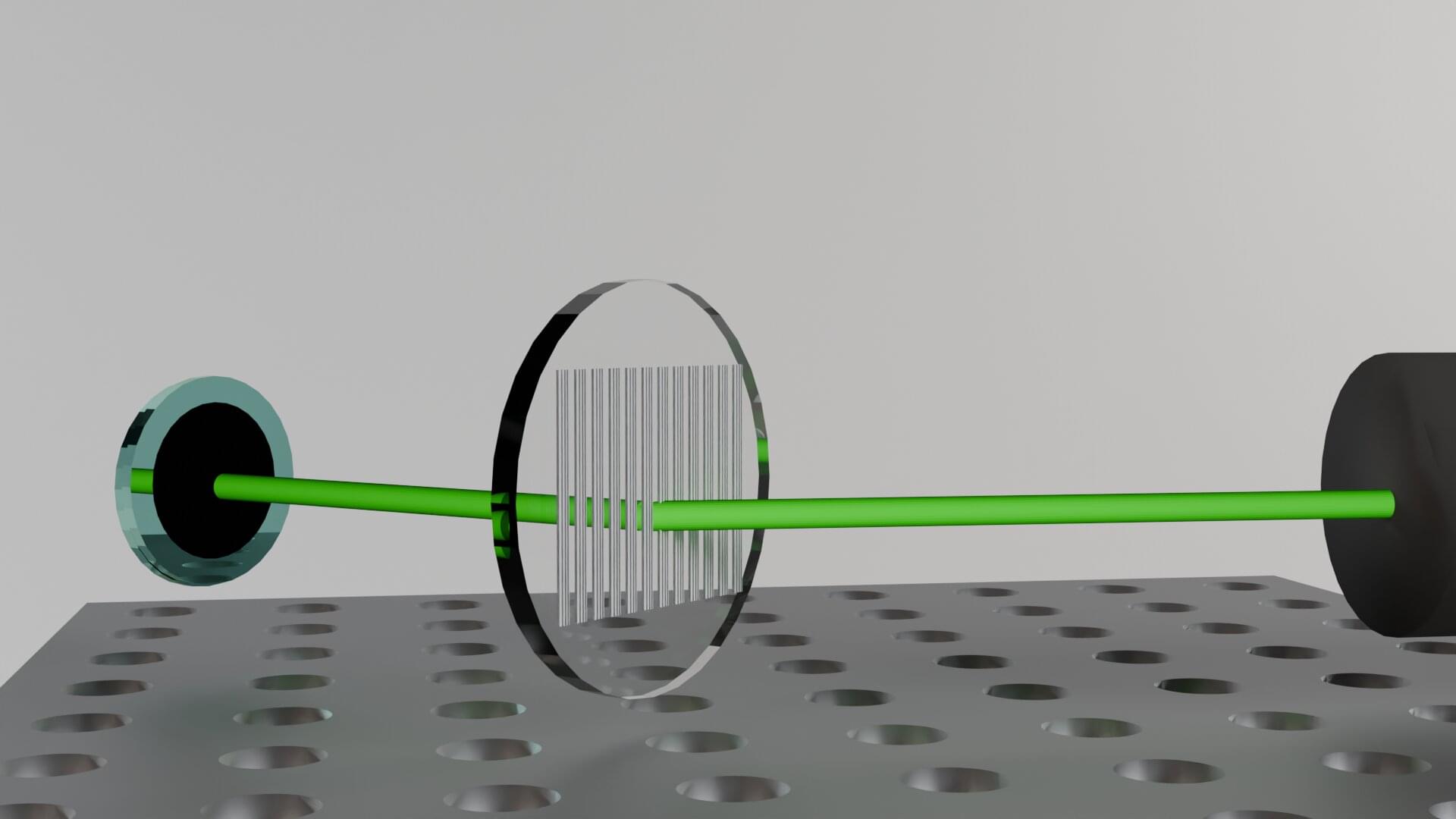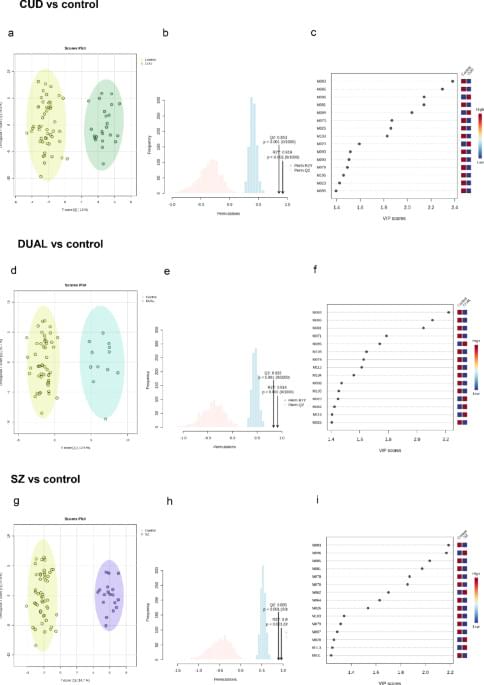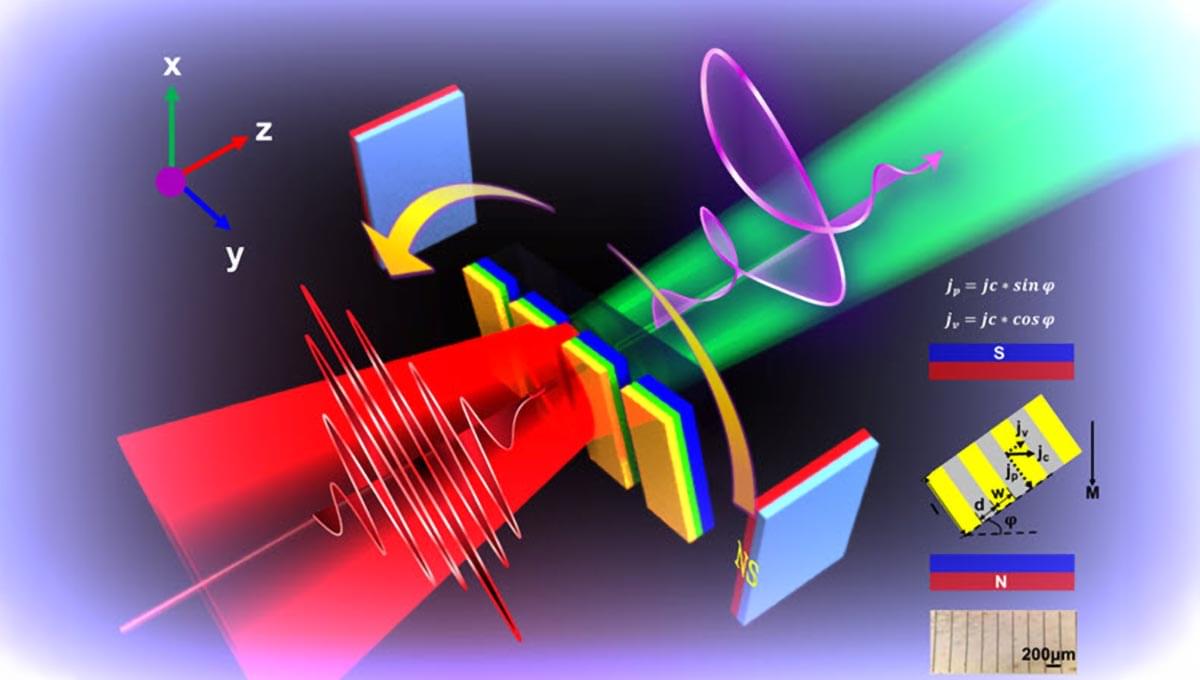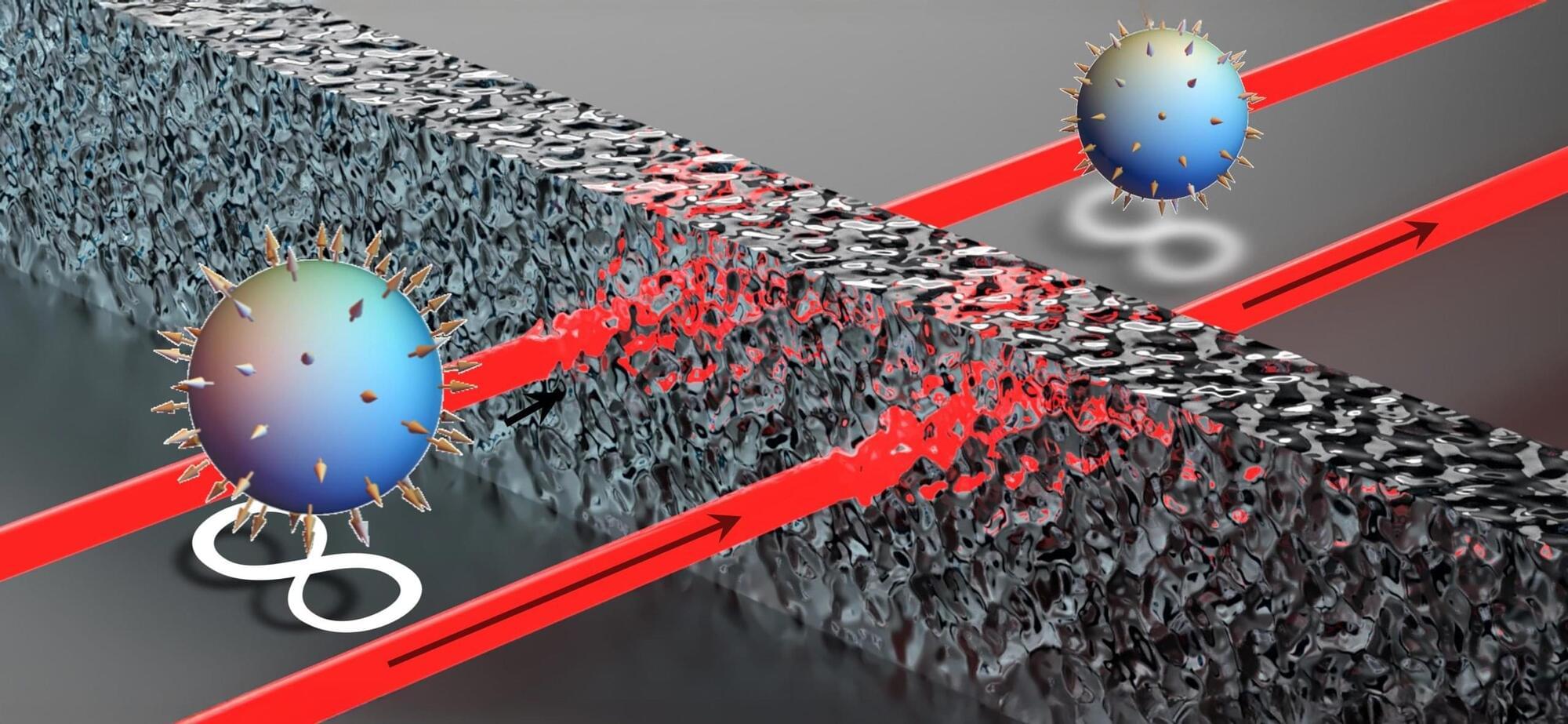A team of management researchers affiliated with several institutions in the U.S. has found that minority Lyft drivers in Florida are more likely to be stopped and ticketed for speeding and to be more highly fined than white drivers.
In their study published in the journal Science, the group analyzed data for more than 200,000 Lyft drivers working in Florida over the years 2017 to 2020.
Dean Knox and Jonathan Mummolo with the University of Pennsylvania’s Wharton School of Management and Princeton’s School of Public and International Affairs, respectively, have published a Perspective piece in the same journal, outlining the difficulty in finding suitable environments for conducting profiling studies in public settings and the results of the new effort.
